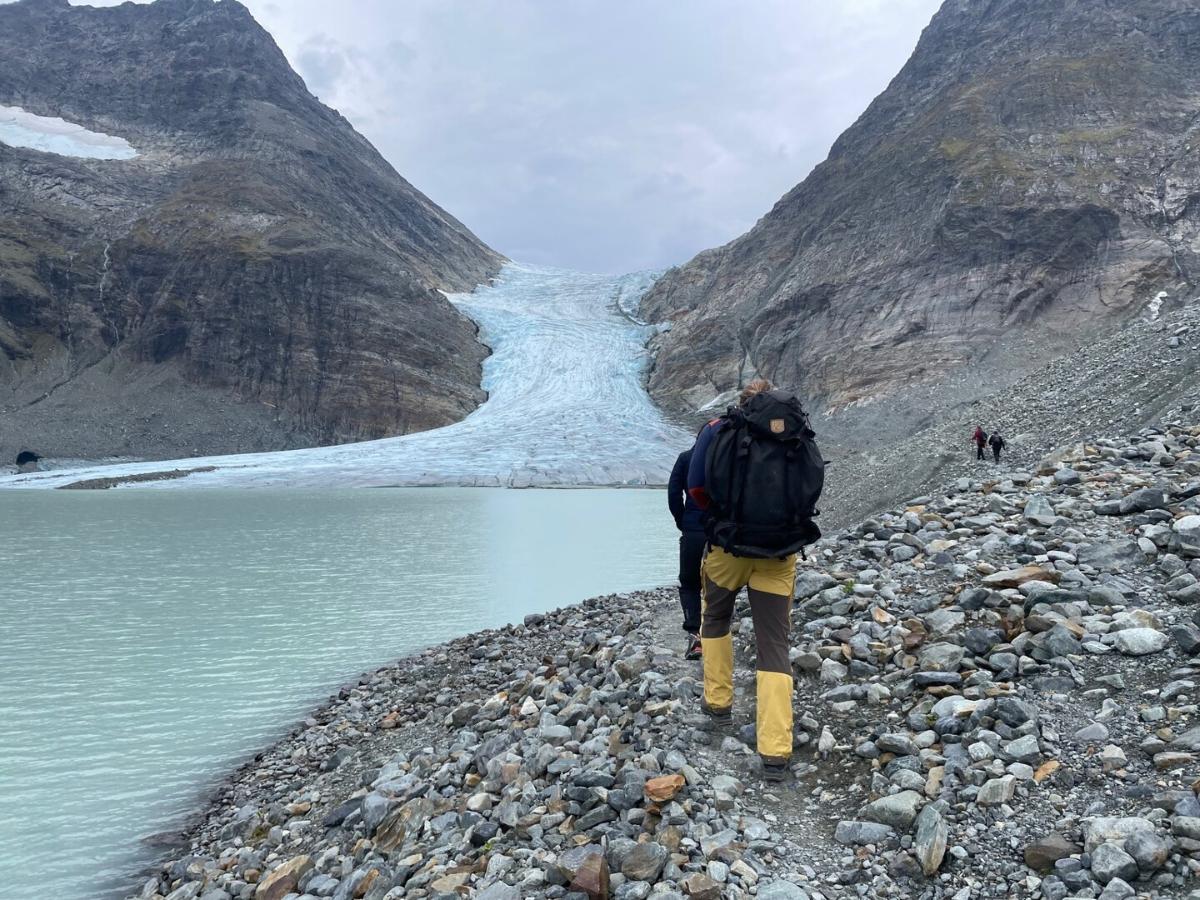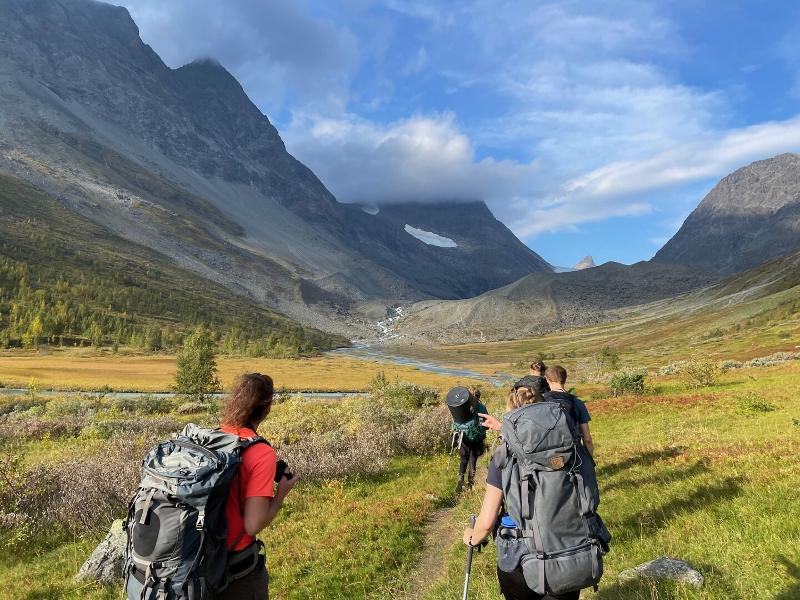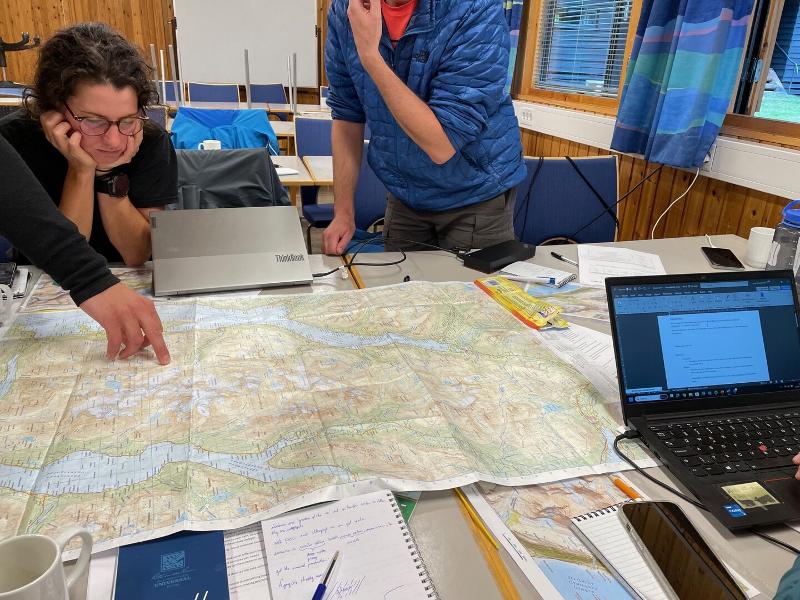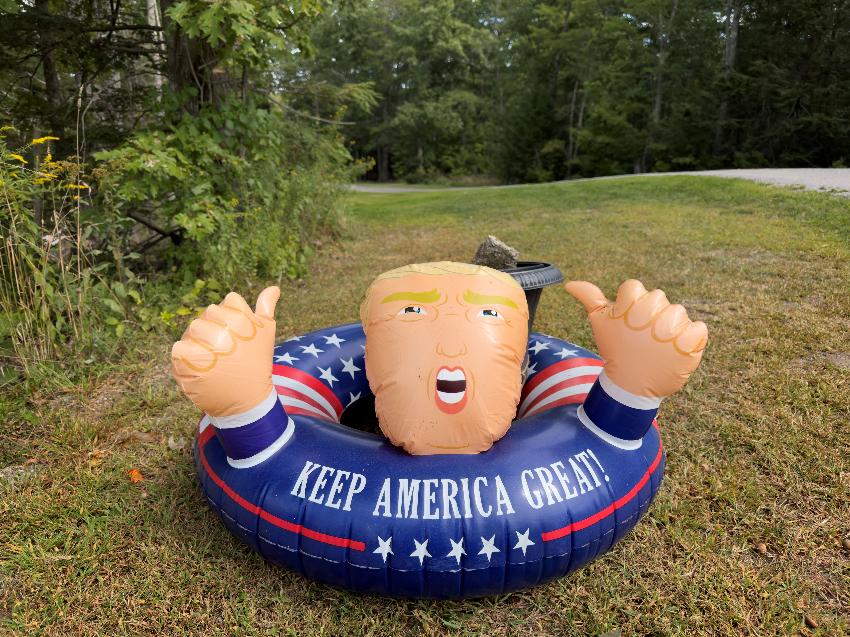“A rare chance to gain new insights”
At the iC3 Field School early career researchers develop skills and test new ideas and technology which enables them to track how ice melting on both land and at sea are connected.

UiT’s Centre for Ice, Cryosphere, Carbon and Climate (iC3) held its first-ever field school September 19th, 2024.
It brought together two groups of scientists: Seafaring and land-based. At the field school they jointly investigated what happens when melting glaciers discharge meltwater into the ocean.
Working out of mountain huts near Steindalsbreen glacier, a field station and the deck of a research ship, each participant got the opportunity to learn and apply a variety of biogeochemical sampling techniques both on land and at sea.

"It's a rare chance to gain new insights through hands-on experience with a variety of samples and measurement techniques,” says Joost van Genuchten, who recently joined iC3 as a PhD student. “It helped me to understand how everything connects within the broader system, something that's often easy to overlook”, he adds.
Luke Simmons, a fellow PhD recruit, agreed. “Being out in the field is such a valuable way to comprehend both the scale and intricacy of how the terrestrial and marine realms interact,” he says. According to Simmons fieldwork can open your mind in several ways.
“One moment you’re embracing the magnitude of a glacier front and its cascading melt water discharge, and the next your peering down a microscope discussing how fresh-water input and nutrient concentrations may have influenced the marine ecosystems and species assemblages.”
One moment you’re embracing the magnitude of a glacier front and its cascading melt water discharge, and the next you are peering down a microscope.
Developing new research ideas
The course is purposefully designed to expose early career researchers to environments and methodologies that are outside their own areas of expertise, and to equip them for their future research in the polar regions, from Svalbard to Antarctica.
“You can only understand what is happening in the polar regions if you take into account the whole system,” says Monica Winsborrow, who leads iC3’s training component. For her it is important that researchers are offered comprehensive training.

“We want to ensure that all of our early career researchers understand the complex connections between ice, land and oceans, and gain the skills needed to do field research across a broad range of settings.”
Jemma Wadham, the iC3 director, added that “it is incredibly stimulating to spend five days together with researchers from so many different backgrounds.”
“The best way to develop big, exciting new research ideas is to get glaciologists, biogeochemists, marine ecologists, oceanographers and numerical modellers to simply spend time together in the field,” she says.
“For example, one of our new research fellows, Jan Viljanen, is developing a new device to make it easier to measure the iron content of water. We immediately started chatting about how we could use other novel technologies to systematically monitor changing Arctic rivers and lakes”, Wadham points out.
We want to ensure that all of our early career researchers understand the complex connections between ice, land and oceans, and gain the skills needed to do field research across a broad range of settings.
Training new researchers every year
The samples collected during the field school are now being processed in iC3’s Polar MAGIC laboratory.
Four PhD students who recently joined iC3 will later analyse the data. Their aim is to determine how mix of chemicals and nutrients released by Steindalsbreen glacier evolves during its journey down the river, and how the influx of meltwater into the fjord is affecting marine life.
“We developed a plan to study how discharge from both a glaciated and non-glaciated catchment could potentially impact the fjord system," Joost van Genuchten explains.
The iC3 Polar Research Hub has a ten-year funding horizon. The field school will run annually in the Lyngen Alps near Tromsø.
The annual field schools will enable iC3 to create a unique longitudinal dataset tracking how the glacier, the river and the fjord are changing over time, whilst training its researchers in how to study fast changing biogeochemical cycles at Earth’s poles.
Note: The 2024 iC3 Field School was open only to PhD students and postdocs affiliated with iC3. At a later stage, it will be opened to a broader range of participants.
Inquiries to iC3 Centre can be addressed to:
Dr Terri Souster, iC3 Centre Manager




